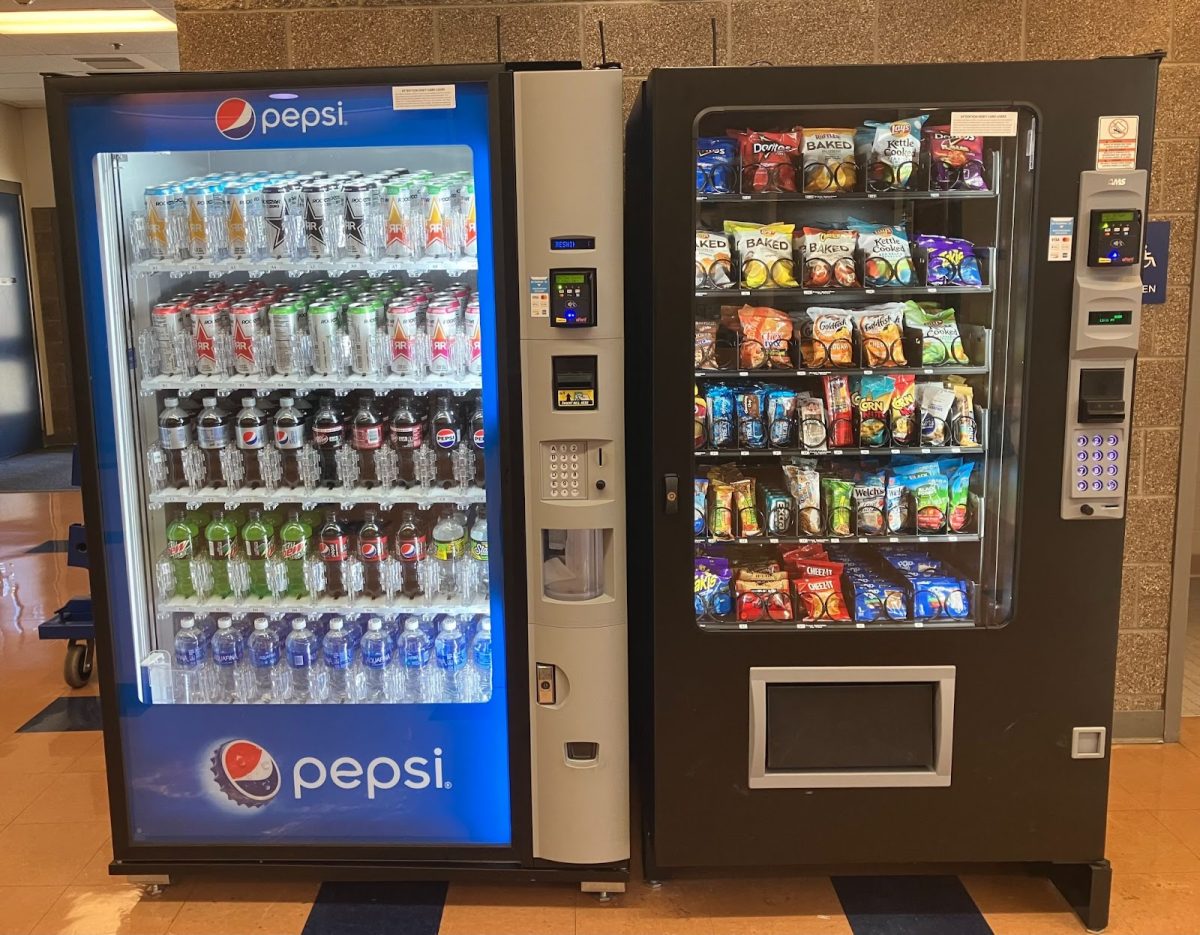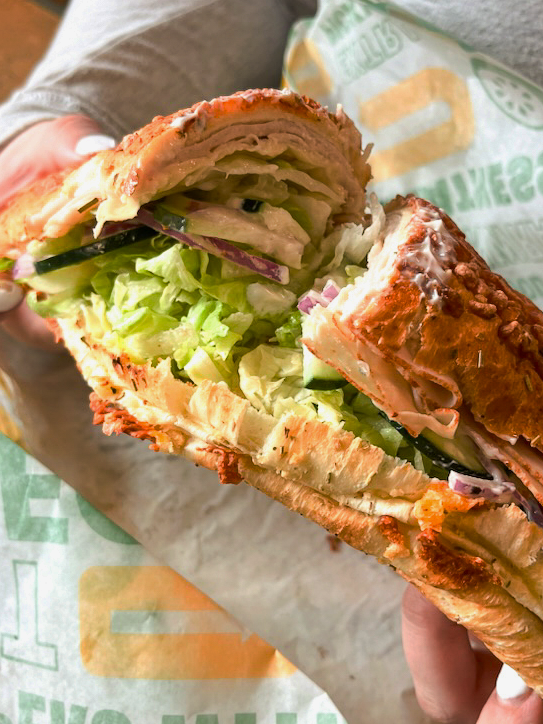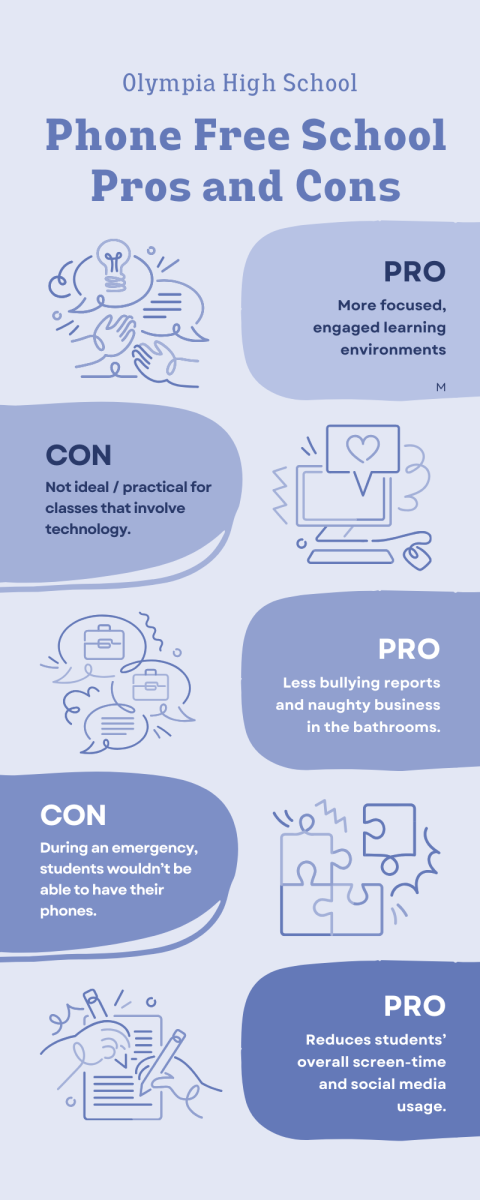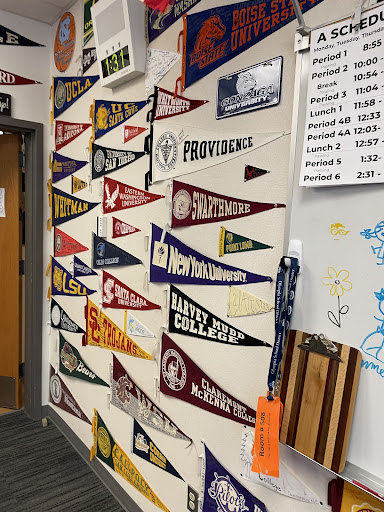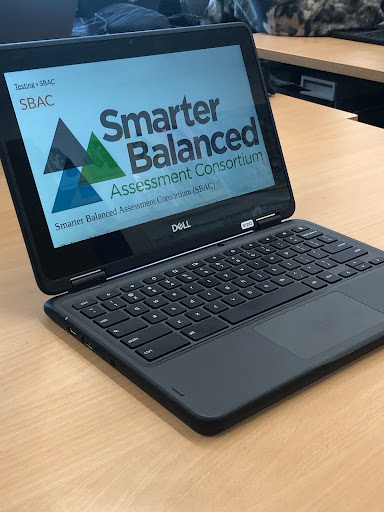School food products must meet certain guidelines before being sold. This is why students often find there aren’t the types of snacks they want. So, who exactly controls what products the school can sell?
Jennifer Fabritius, marketing teacher at OHS, said that when it comes to the Bear Den she controls it to a certain extent. Anything sold to students during the school day has to meet certain criteria. Food must pass the nutrition standards that were set into place by The First Lady, Michelle Obama. Which was set into place in 2010.
These guidelines essentially state that schools must serve nutritionally healthy meals to students. The Hunger-Free Kids Act states that schools must increase the “overall nutritional quality of school meals eaten by students, rather than meals served.”
Even seemingly healthy foods like pita chips and hummus can’t be sold due to their high sodium content. “A bag of chips with three ingredients (potatoes, olive oil, and sea salt) is restricted because it has too many calories”, says Fabritius. Which is why it’s so shocking that the school is selling energy drinks to students.
OSD child nutritionist, Lisa Jekel, says that while she’s still trying to “wrap [her] arms around” the school she feels like she still has a pretty good idea of students’ wants and needs. She hasn’t worked in OSD for very long, only a few months. But, when referring specifically to the vending machines, she recognizes that “while the foods fit into this guideline it doesn’t mean that it’s necessarily healthy.”
Items like energy drinks aren’t healthy by any means. In fact, “caffeine intake also is associated with nervousness, insomnia, irritability and panic attacks (Mayo Clinic Health System).” All of which decrease academic performance. “We can collectively make these changes…we can say ‘no’ and ‘I will take responsibility for this,” States Jekel.
Students will naturally gravitate towards unhealthier foods because, according to Jekel, “our bodies crave that hit.” So, given the choice between something healthy and something tasty, people typically move towards the one that will give them that boost of dopamine.
Jekel’s goal for the future is to “create a menu that everyone is happy with.” All of the products that are served in the cafeteria are sourced locally, Jekel says. She would love to “collectively make changes throughout the school that benefit everyone and make beautiful meals that include what the students want.”
Theresa Hays, ASB officer, manages student budgets within the school. Hays provides some insight on why unhealthy snacks and drinks shouldn’t be removed. “Since these items fit the guidelines for nutrition, we can sell these to students. There’s nothing particularly wrong with that,” expresses Hays.
She recognizes that maybe these drinks aren’t the healthiest, but if they’re removed, “students want it. They’ll go get it at the store… and then they’ll get sugar plus caffeine.” A much worse combination.
The vending machine company that provides students with snacks and beverages knows that they must follow nutrition guidelines. So they take into account what they can and cannot sell to the students, which varies from school to school. According to Hays, “They come in twice a week to restock the vending machines, and the school gets a commission from them which goes directly back to the students.” The commission goes back to the students through ASB fundraisers, sports activities, and more.
Students, however, provide a more diverse opinion on the vending machines. Kiikii Durant says that she “doesn’t think [energy drinks] are a good idea, but I love them.” Conversely, Charles Arison and Kyle Huynh feel that the vending machines aren’t that important and would much rather go to the Bear Den. “I don’t really enjoy anything from [the vending machines], especially the zero sugar stuff,” says Arison. Huynh says, “I sleep so late so it’s nice to have [an energy drink] in the morning.”
Nutrition is a never-ending process that is continuously discussed to suit students’ wants and needs. People much like Fabritious, Jekel, and Hays on a district level all work together to take into account what is best for not only the students but the school as a whole.



